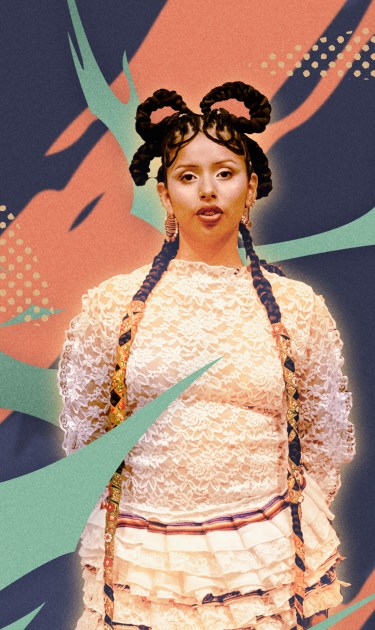Claudia Rivera often thinks about creating space.
As a Franco-Peruvian photographer, artist, and community organizer, Rivera is privy to the liminal distance between France and Peru. And despite the physical division of over 6,000 miles over the Atlantic, she’s always been determined to stay connected to her heritage and foster a space of inclusion for Latin Americans in Paris, which boasts over 10,000 Peruvians according to the National Registry of Identification and Civil Status of Peru. Because whether it’s an event or installation, these spaces foster a community grounded in Latinidad that connects us to our history. In her own words: “I hope that these spaces help us connect more, create more. That’s one of the objectives of these events, to represent French-Latines to the rest of the world.”
Born and raised in Paris, France, Rivera has long been acquainted with the duality of being a Franco-Peruvian. In the 90’s, her parents left Peru and settled in Paris due to the socio-economic instability that plagued their homeland. According to the Migration Policy Institute, the 1980’s and 1990’s marked a period of political and economic unrest, which caused a large swatch of Peruvian nationals to move abroad, defining Peru as a country of emigration, rather than immigration.
While Rivera grew up in Paris and remains there to this day, she maintains a close relationship with her family, often returning to Peru for yearly visits, and even staying for two to three months at a time to nurture her connection to Latin America. “Since I was a little girl, I would visit my grandparents and they always connected me closely to my roots,” says Rivera as she reflects on her past.
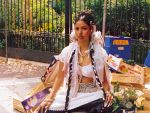
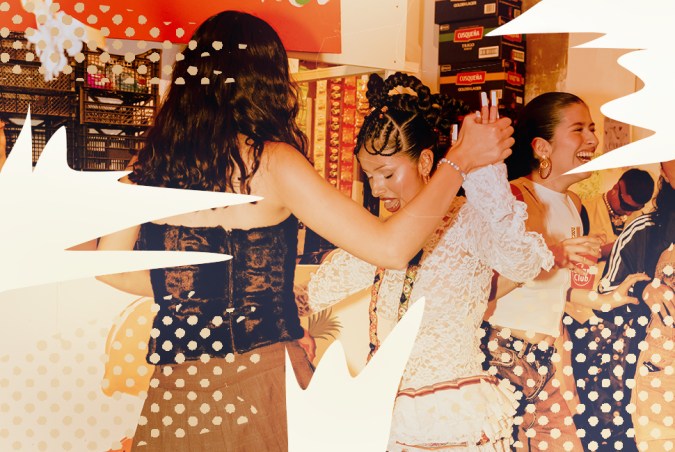
Rivera went on to study Political Science at Université Paris Nanterre, which she admits “has nothing to do with what I am interested in now.” However, through our interview, it’s clear that for Rivera, an exploration of identity and representation is at the heart of all of her work, both in the personal and the creative. For her university thesis, for example, Rivera spent a year in Peru to research Andino communities. She also revealed that outside of academic research, she examined her family’s ancestral lineage as a means of connecting with her ancestry. “I looked up my family’s genealogy tree,” says Rivera, “and I discovered that my father’s origins come from the Huanca tribe, a pre-colombian community from the Sierra region of Peru.”
Now, Rivera is channeling her lifelong passion for history and representation into photography – a lifelong passion of Rivera’s, which she describes as a medium with storytelling abilities that have always inspired her.
Her latest and most successful project, Ñañaykuna, which translates to sisters in Quechua, is a photo project that aims to highlight and represent the plurality of Latina women in Paris. What began as two-dimensional portraits, soon transformed into a multicultural public event that brought together the tactile tenets of Latine culture: music, food, art, and dance, to the streets of Paris for a weekend. Noting the variety of programs and events offered within the Ñañaykuna event, Rivera stated on Instagram “La Ola Latina is coming and it’s only the beginning…”
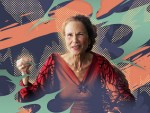
Looking back now at its third edition (with an Adidas France sponsorship in tow), Rivera has expanded her definition of a multicultural experience by bringing a traditional Latin American mercadito to Paris, and shepherding US-Latino brands aboard. “It’s a dream. I have always thought about what could be done in the United States, and now thanks to this project, I am bringing together these Latin creatives in Paris, and I’m proud to be a part of that connection.”
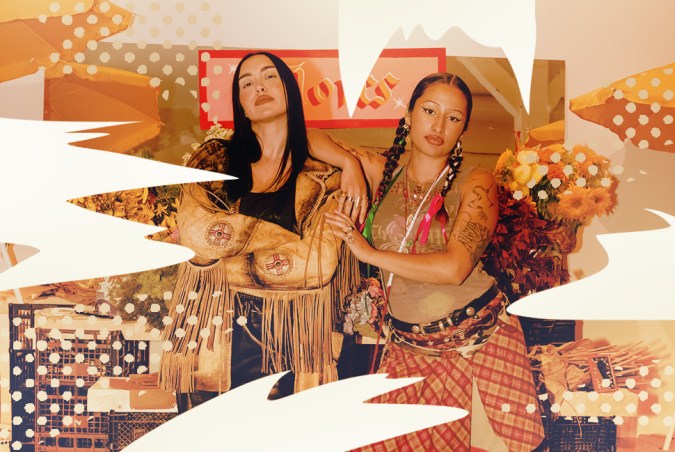
Lo Nuestro Pop-up opened on the weekend of September 14, and featured 12 Latin American designers from around the world. The Pop-up mercadito featured some of the mainstay offerings of a traditional Latin American mercado, including an assortment of fashion and accessories, food, music, and flowers. The brands included were Kids of Immigrants, Gente Unida, Amor Prohibido, Equihua, Ghetto Friends, Pauu Chains, Maxxx, Tlacuache Muerto, Moños de Mi Niñez, Casa Siray, Garcias, Hood Baby, and more.
When it comes to making space and bringing Latine people together, it isn’t limited to mercaditos, fashion, or photography within France either. She has also connected with Latine creatives from around the world to find their place in Paris, where often, Latine people are left out of the cultural conversation. “People come from London, Brussels, and other cities in France, which is crazy to me,” gushes Rivera, before adding “the truth is that we don’t have things like that here, so someone had to do it and I’m super happy that I was able to do it along with all of my friends supporting me.” People around the world are taking note, sending Rivera encouraging messages, and even expressing their surprise at the presence of a solid Latine community in France. “I like those comments, because now people know more about what is happening here and what we’re creating.”
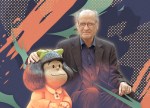
Taking the conversation offline, Rivera “se avento” and flew to the US, where she met with local Latine designers in Los Angeles and New York City, many of whom would eventually participate in the Lo Nuestro Pop-up. “Thanks to Instagram, I was able to connect with one person, who would then give me the contact of another, and that’s slowly how relationships began to form,” shares Rivera, giddily.
Beyond exploration, representation, and the key component of creating space, her immersive installations and multimedia projects are a communal celebration. And at the end of the day, her personal and creative work highlights the multi-faceted elements of Latines around the world that brings our communities together, near and far. “I am very proud of the bonds that have developed. I love to include my friends, my family. Everyone that is in the (Lo Nuestro Pop-up) video is “mi gente” and together we are sharing our universe.”
